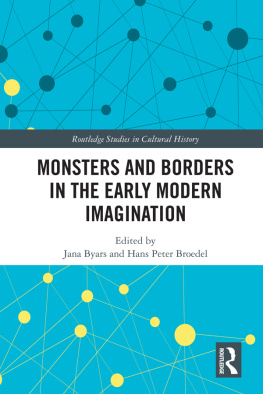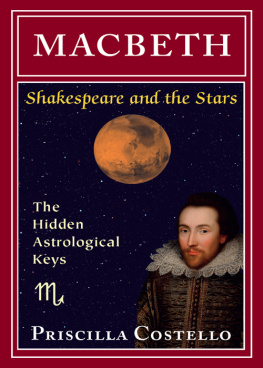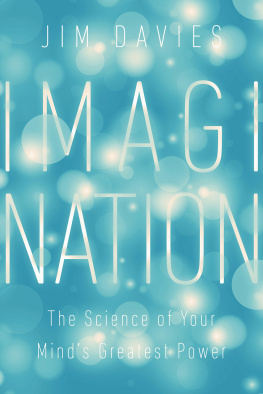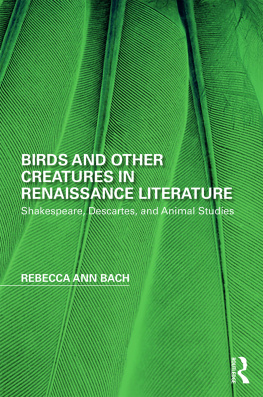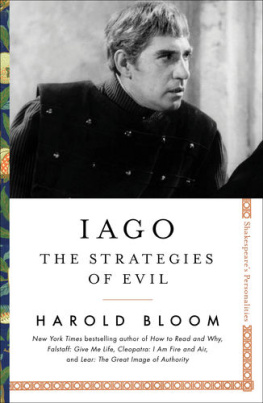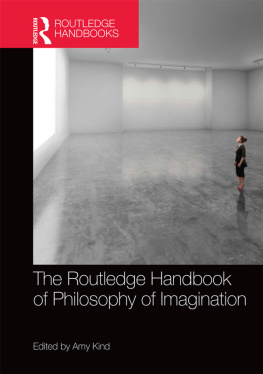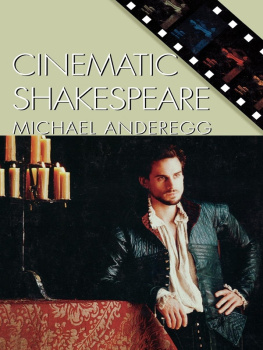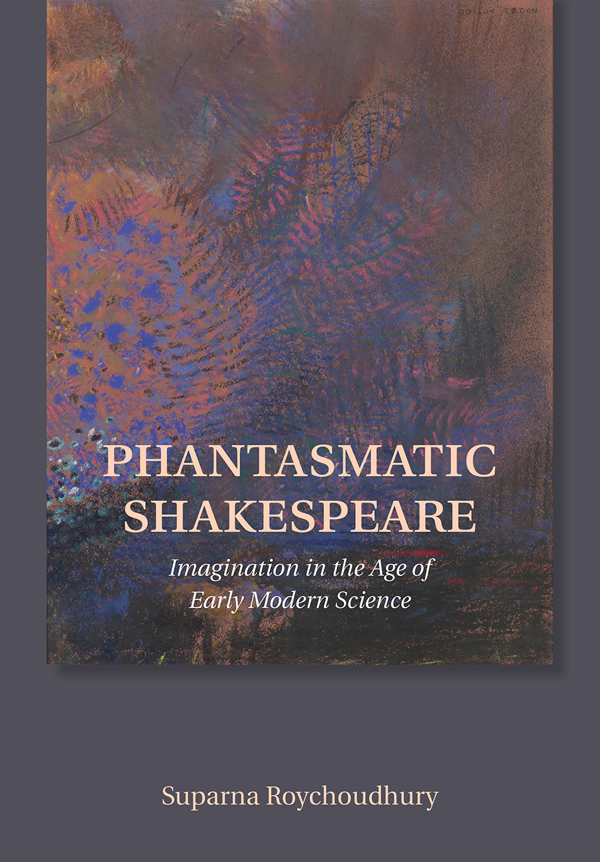ACKNOWLEDGMENTS
Many people helped in the imagining of this book. For its phantasmatic beginnings, I thank Stephen Greenblatt, whose provocative responses shaped its initial form, as did the searching and inspiring critiques of Marjorie Garber and Elaine Scarry. I have learned from many readers and auditors at the Shakespeare Association of America, the Renaissance Society of America, the Modern Language Association, and the Mahindra Humanities Center at Harvard University; their reactions and questions have improved the book in innumerable ways. Among them are Reid Barbour, Dympna Callaghan, Darryl Chalk, Mary Crane, Ananya Dutta Gupta, Mary Floyd-Wilson, Simon Goldhill, Rachel Holmes, Sachiko Kusukawa, Alexander Marr, Alan Richardson, Debapriya Sarkar, Laurie Shannon, Stephanie Shirilan, Virginia Strain, Richard Strier, Elizabeth Swann, Rebecca Totaro, Douglas Trevor, Lyn Tribble, Henry Turner, Travis Williams, and Jessica Wolfe. Many more crucial contributions were made informally, by all those friends and colleagues who offered to think, read, and talk with me. They include Chris Barrett, Liza Blake, Kim Coles, Jane Degenhardt, Rachel Eisendrath, Susan Gaylard, Jamey Graham, Diana Henderson, Jean Howard, James Knapp, Erika Lin, Amy Rodgers, Yulia Ryzhik, Jonathan Sawday, Sarah Wall-Randell, Michael Witmore, and Adam Zucker.
I could not have written this book without the generous support of several institutions. I am obliged to the Newberry Library for a long-term fellowship funded by the National Endowment for the Humanities; to the University of Cambridge for a fellowship at the Centre for Research in the Arts, Social Sciences, and Humanities; and to the Folger Shakespeare Library. Earlier on I received grants from Harvard University; in the latter stages I was supported by awards from Mount Holyoke College. I cannot forget the many librarians and archivists who assisted me over the years, at the Newberry and the Folger as well as the British, Bodleian, Wellcome, and Huntington Libraries. Parts of this book originally appeared elsewhere: an earlier version of chapter 5 was published under its present title in Modern Philology 111, no. 2 (November 2013), 20530, and an abbreviated version of chapter 1 appeared as Anatomies of Imagination in Shakespeares Sonnets in SEL Studies in English Literature 15001900 54, no. 1 (Winter 2014), 10524. For these publication opportunities I acknowledge in particular Richard Strier and Logan Browning, respectively. At Cornell University Press, I have benefited greatly from the incisive remarks of Jenny Mann, who read the manuscript, and the wise interventions of my anonymous reviewer. I am deeply grateful to my editor Mahinder Kingra for his intuitions and guidance, and thank all the members of my skilled editorial and production team, including Bethany Wasik, Sara Ferguson, Michelle Witkowski, and Rachel Lyon.
My thanks, finally, to the members of the Harvard Renaissance Colloquium, the earliest friends of this project. I salute my sister Supriya and extended family, my English department colleagues at Mount Holyoke, and my students, all of whom sustain my work in indirect but meaningful ways. And I acknowledge the special debt I owe the late Iain Wright, who persuaded me to embark on the academic adventure that transformed my life. For their encouragements and love, I dedicate this book to my parents, Partha Sarathi Roychoudhury and Sanjukta Roychoudhury.
Introduction
Theseus, Phantasia, and the Scientific Renaissance
Representations of the imagining mind have a central place in Shakespeares art. Instances of perceiving and conceiving pervade the plays and poemswe see Bottom struggling to recount a magical dream, Macbeth reaching for a dagger that is not there, Prospero humbling his enemies with wondrous illusions, the speaker of the sonnets recalling the face of his beloved. These and countless other moments naturally prompt the question of what Shakespeare knew about the cognitive process of mental representation. In a sense, the question is easy to answer. The prevailing model of psychology in late sixteenth-century Europe, we know, held that the mind consists of several powers or faculties. Of these, imagination is one; specifically, it is the faculty of the sensitive soul that creates and manipulates phantasmsintelligible mental forms. With the aid of phantasms, imagination, along with the other faculties of understanding and memory, carries out essential functions of mental cognition. As is evident, Shakespeare knew the principles of faculty psychology. Yet, as I mean to show in this book, his representations of imagination do not merely echo those principles. Rather, they foreground ambiguities in the early modern conception of imagination that arose around the same time as important shifts in early modern sciencein such fields as anatomy, medicine, mathematics, and natural history. Shakespeares portrayal of imagination draws on the uniquely idiosyncratic discourse of the image-making mind; those idiosyncrasies in turn connect with the work of contemporary natural philosophers and protoscientists such as Andreas Vesalius, Johannes Kepler, and Francis Bacon. The interdiscursive impact that science had on faculty psychology is registered in various ways throughout Shakespeares corpus. Adapting the intellectual tensions of his time to literary form, Shakespeare brings the increasingly ambiguous epistemology of imagination firmly into the purview of art. Imagination in Shakespeare, then, is less the wellspring of artistic production than a set of problems that require representation for their expression. Situating Shakespeares depictions of imagination amid the epistemic transitions of his time, in this book I contend that the power of those depictions draws from the newly destabilized and therefore dynamically generative idea of imagination that prevailed in Renaissance culture.
A reading of Shakespeares best-known pronouncement on imagination, a brief exchange between Theseus and Hippolyta near the end of A Midsummer Nights Dream, will help introduce the overarching concerns of this study. The variegated and ambivalent characterization of imagination that we see here is deeply steeped in the rich psychological discourse of the late sixteenth century. Not only does Shakespeare allude to premodern intellectual traditions of imagination, of which Aristotelian faculty psychology will be our special focus; he also gestures toward the broader philosophical and protoscientific attitudes of the age. In a short space, Shakespeare broaches the particular facets of imagination that would occupy him throughout his careerand that I will explore in greater depth in the subsequent chapters of this book.
Pondering the bizarre report of the lovers midsummer adventure, Hippolyta remarks, Tis strange my Theseus, that these lovers speak of. To which he replies,
More strange than true. I never may believe
These antique fables, nor these fairy toys.
Lovers and madmen have such seething brains,
Such shaping fantasies, that apprehend more
Than cool reason ever comprehends.
The lunatic, the lover, and the poet
Are of imagination all compact.
One sees more devils than vast hell can hold;
That is the madman. The lover, all as frantic,


